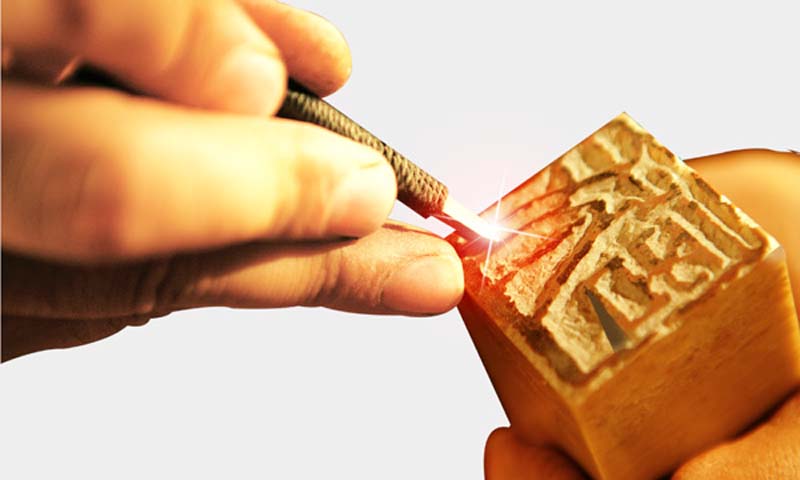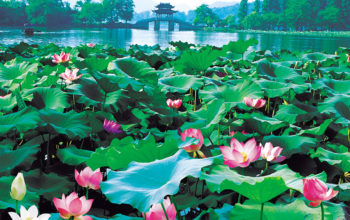Seal engraving, China’s UNESCO World Intangible Heritage, has a history of over 3700 years and still thrives today in modern Hangzhou.

As an ancient art form unique only to China, it emerged during the Shang Dynasty (1600-1029BC) and spanned over ten dynasties. Seal Engraving culminated at two periods. The first is from the Warring State Period to the Southern and Northern Song Dynasties that is from 5th century BC to the 6th century AD. During this period, jade, gold, buffalo horns and ivory were used as the key materials. From Tang (618-917), Song(960-1279) to Yuan(1206-1368), it declined slightly, and it was not until the Ming Dynasty (1368-1644) that seal engraving embraced a revival and flourished again, due to an economic boom coupled with the fortunate discovery of a new material – a stone called Huaru stone (花乳石). It was this stone, found only on Tiantai Mountain which contributed to the meteoric rise in the popularity of seal engraving. A Chinese Seal Stamp Can Be Used for: Someone’s name, company or business name, signature, favorite expression motivational phrase, meaningful words. Knowledge of both calligraphy and painting is involved in designing a seal, and the designer’s innovative arrangements of the characters’ strokes are the seal’s defining nature.
Top masters include Wu Changshuo, Qi Baishi and Huang Shiling, who were also well-established painters as well. Hangzhou’s Affair with Seal Engraving Hangzhou’s fame in Seal Engraving was predated by a painting renaissance during the Southern Song Dynasty (1127-1279), when Hangzhou was the capital of the Middle Kingdom. During the Qing Dynasty (1636-1911), Ding Jingku, a famous scholar from Hangzhou, took up seal engraving as a lifetime endeavor. Studying the intricate work of masters from various dynasties, he created unique interpretations showcasing primitive, robust but sensitive styles. Because of his acclaimed achievement, he is honored as “the Godfather of Zhejiang style Seal Engraving”. During the reign of Qianlong, Jiaqing, Daoguang and Xianfeng in the Qing Dynasty, with a huge span from 1736 to 1861, Hangzhou’s Seal Engraving artists surpassed all other artisans throughout the country for their stunning masterpieces and superb craftsmanship.
Since then, Hangzhou has become the powerhouse of this aged art form. To sample this millennia-old art in China, you can pay a visit to Xiling Seal-engravers’ Society, the prestigious cultural hub where traditional art forms such as seal engraving, calligraphy and painting have been preserved and widely promoted. Established during the Qing Dynasty, this traditional society has nurtured and launched a substantial number of great artists, to the degree that even nowadays, its influence and fame, are even more widespread than before.


